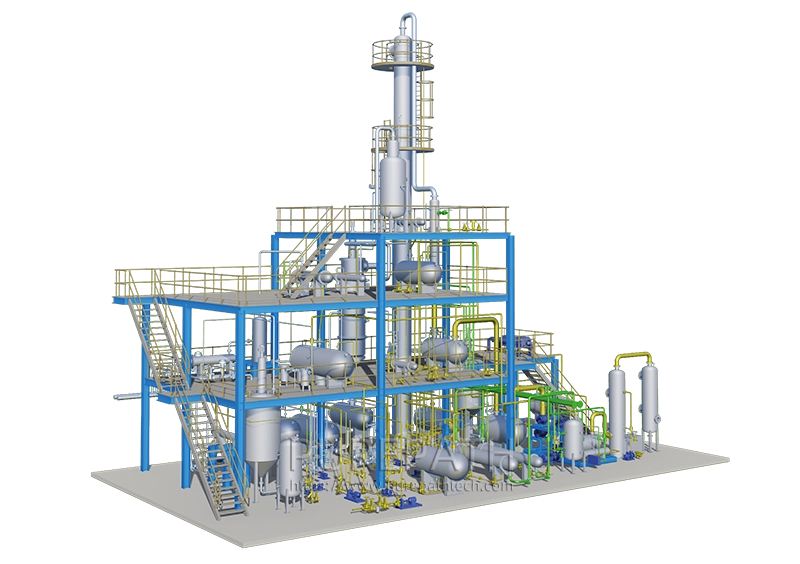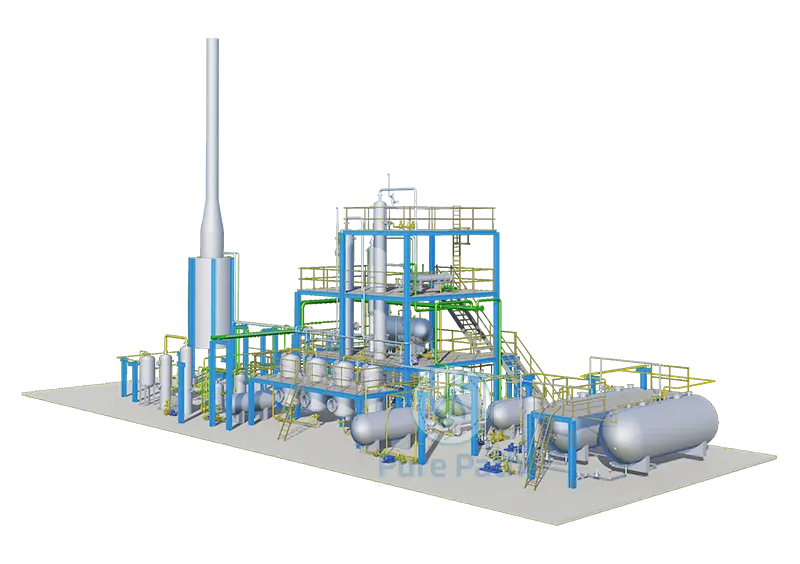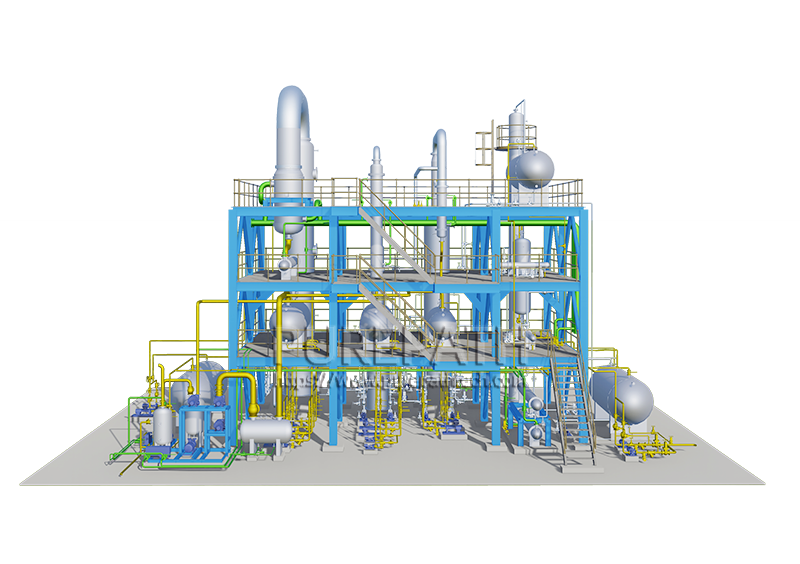Waste Oil Pre-treatment Technologies for Re-refining into Base Oil
Waste oil is a common type of industrial and household waste. Improper disposal of waste oil can lead to significant environmental pollution. Recycling waste oil into base oil offers a solution by conserving resources and reducing environmental impact. Pre-treatment is a crucial step in the waste oil to base oil re-refining process. Its purpose is to remove impurities, water, and other harmful substances from the waste oil, thereby improving the quality and purity of the final product.
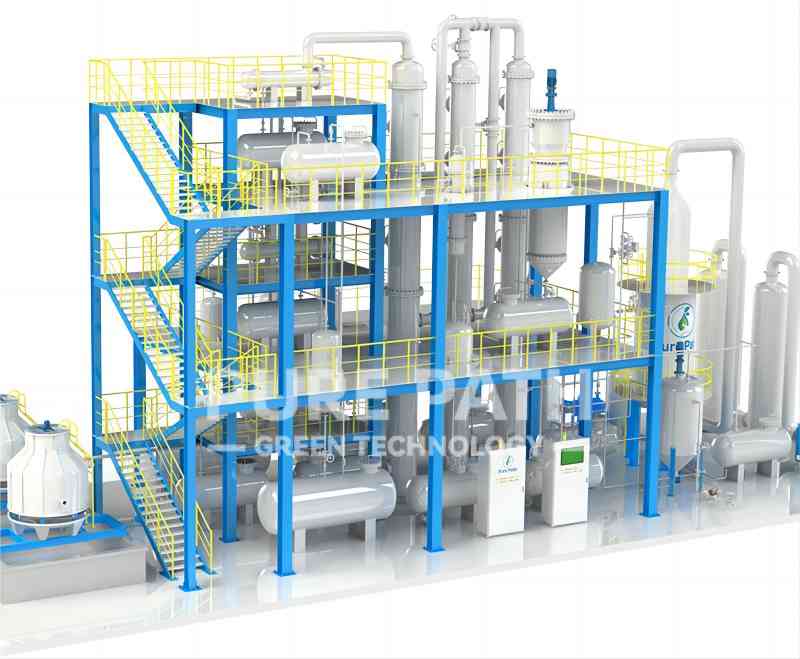
Common Waste Oil Pre-treatment Technologies
The goal of pretreatment technology is to remove impurities, moisture, and other harmful substances from waste oil, in order to improve the purity and quality of base oil. The following are several main preprocessing techniques:
- Sedimentation: This method utilizes gravity to separate contaminants and sediments in the waste oil. Heavier materials sink to the bottom, allowing the cleaner oil to be collected from the top. While simple to operate, sedimentation has limited effectiveness and is typically used as one of several pre-treatment steps.
- Filtration: Filters or filter screens with specific pore sizes are employed to trap solid particles and impurities present in the waste oil. This method effectively enhances the oil’s cleanliness but necessitates regular replacement or cleaning of the filter media.
- Centrifugal Separation: This technique utilizes centrifugal force to separate substances of different densities within the waste oil. It offers superior separation efficiency compared to sedimentation, but the equipment cost is higher, making it more suitable for large-scale applications.
- Dehydration: Dehydration involves removing water from the waste oil through methods like heating and evaporation or vacuum dehydration. Excess water adversely affects the oil’s quality and equipment performance, making dehydration a crucial step in pre-treatment.
- Chemical Treatment: This method involves using chemical reagents to react with contaminants in the waste oil, forming compounds that are easier to separate. Acid and alkaline washing, for example, can remove acidic and alkaline substances and some heavy metals from the waste oil.
- Electrolysis: This technique employs an electric current to convert impurities in the waste oil into water-soluble substances, effectively purifying the oil. While highly effective, electrolysis consumes significant energy.
- Biological Treatment: This method utilizes the metabolic activity of microorganisms to degrade organic matter within the waste oil, transforming it into harmless substances. Although environmentally friendly and sustainable, biological treatment requires specific timeframes and conditions.
- Membrane Separation: This technique employs membranes with specific pore sizes to selectively separate components based on their molecular size. It offers high separation precision but comes with a higher equipment cost, making it suitable for situations where strict oil quality requirements exist.
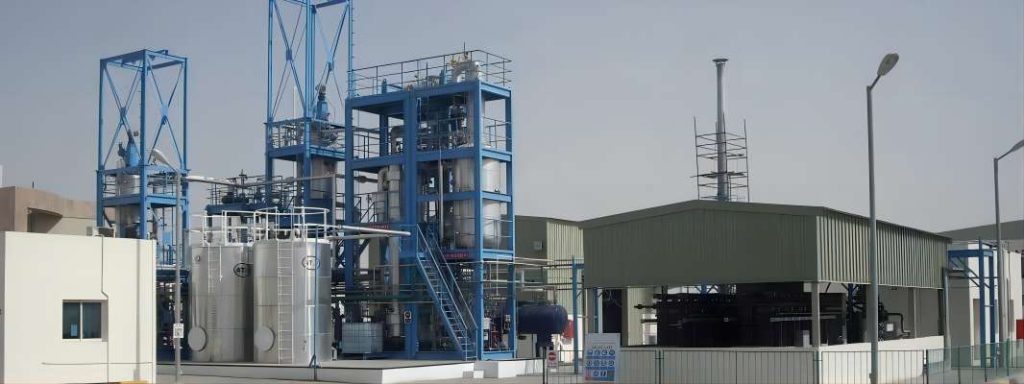
Considerations for Selecting Waste Oil Pre-treatment Technologies
These pre-treatment technologies can be used individually or combined to achieve optimal treatment results. Choosing the most suitable technology requires a comprehensive assessment of factors such as the nature of the waste oil, processing volume, and economic considerations.
- Nature of Waste Oil: Waste oil from different sources can have significant variations in composition and properties, including water content, impurity levels, and viscosity. Therefore, detailed analysis and evaluation of the specific waste oil are essential to understand its characteristics and select the most effective pre-treatment technology.
- Processing Volume: The selection of pre-treatment equipment needs to consider the volume of waste oil to be processed. For high-volume waste oil streams, robust and reliable equipment with high processing capacity is preferred. Conversely, for smaller or intermittent waste oil processing, compact and adaptable pre-treatment equipment is more suitable.
- Pre-treatment Efficiency: Different pre-treatment technologies offer varying levels of effectiveness. The desired level of pre-treatment needs to be determined based on specific needs. For instance, removing most impurities and water from the waste oil can be achieved using sedimentation, filtration, and centrifugal separation. If further improvement in oil quality is necessary, chemical treatment or electrolysis might be considered.
- Economic Cost: The selection of a pre-treatment technology needs to factor in economic costs, including equipment investment, operational and maintenance expenses, and the cost of chemical reagents (if applicable). The goal is to choose the most cost-effective technology that still meets the desired level of pre-treatment.
- Environmental Regulations: Waste oil pre-treatment processes might generate pollutants like wastewater and waste gas. These must comply with relevant environmental regulations and standards. Therefore, environmental impact needs to be considered when selecting a pre-treatment technology, along with the implementation of appropriate environmental control measures.
- Operation and Maintenance: The ease of operation and maintenance of pre-treatment equipment is another factor to consider. Some technologies might require frequent filter replacements or routine maintenance, while others are simpler to operate. Selecting equipment with user-friendly operation and maintenance characteristics is important for a smooth and efficient pre-treatment process.
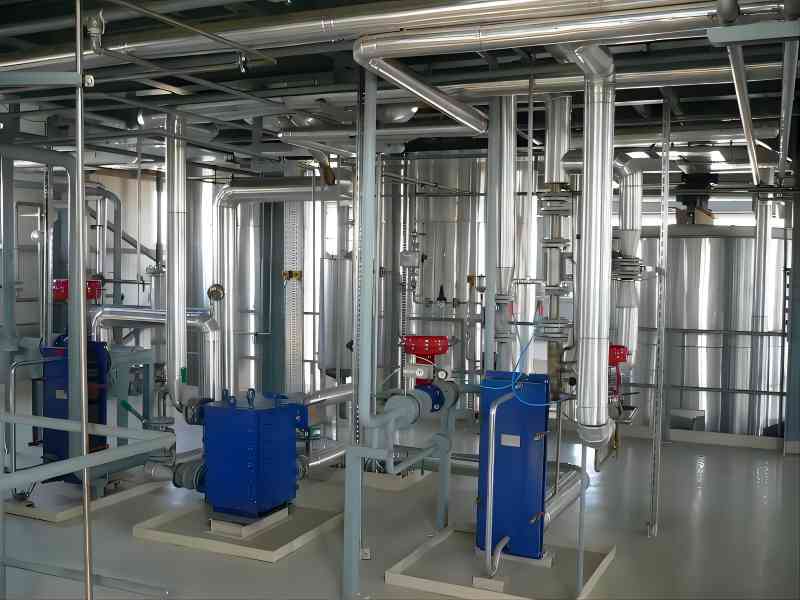
Conclusion
Selecting the appropriate waste oil pre-treatment technology plays a critical role in the waste oil to base oil re-refining process. By carefully considering the factors mentioned above, a well-informed decision can be made that ensures effective pre-treatment, optimal resource utilization, and environmentally responsible waste oil management. A combination of pre-treatment technologies might be necessary to achieve the desired level of oil purity while maintaining economic viability and minimal environmental impact. With advancements in technology, pre-treatment processes are continuously evolving to become more efficient, cost-effective, and environmentally friendly. This will contribute significantly to the overall sustainability of the waste oil to base oil re-refining industry.


